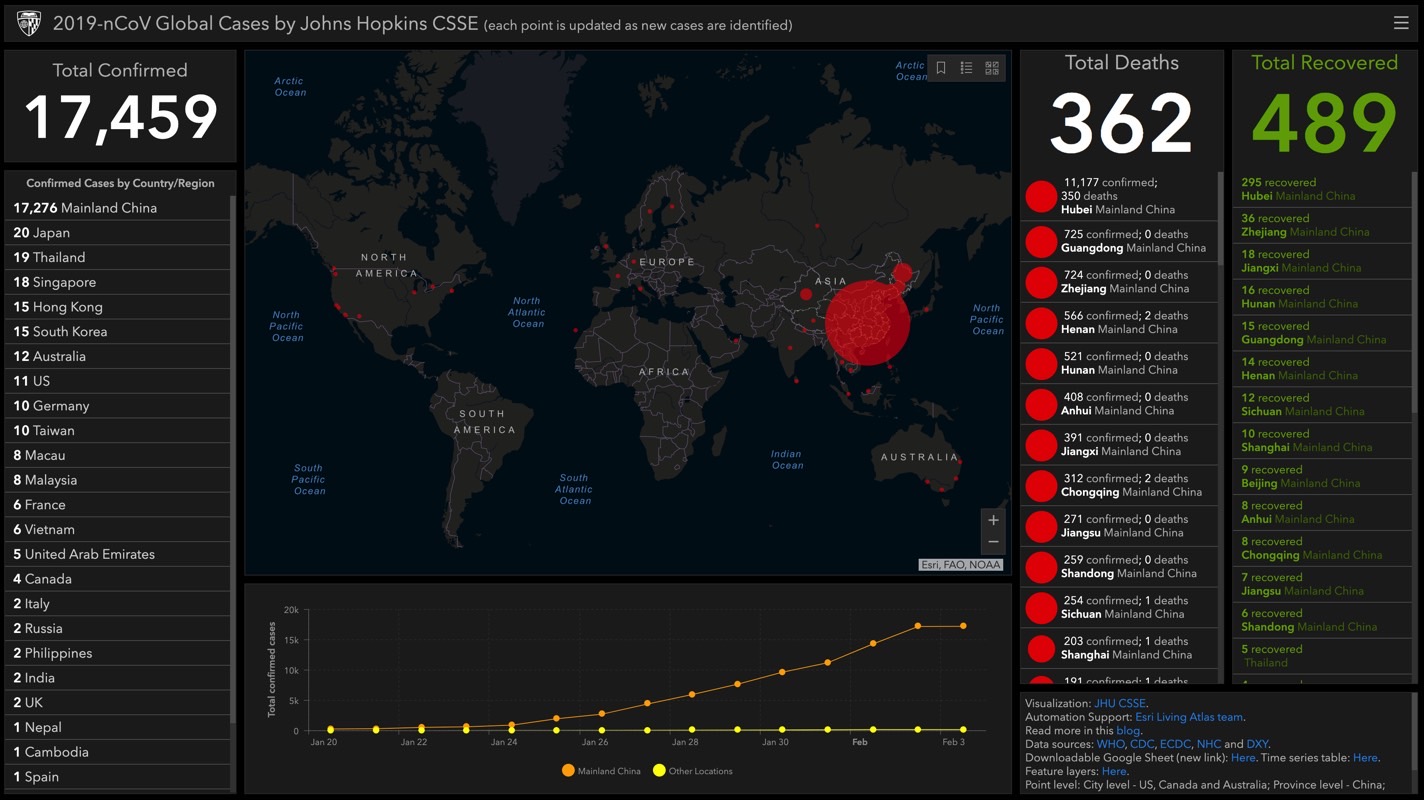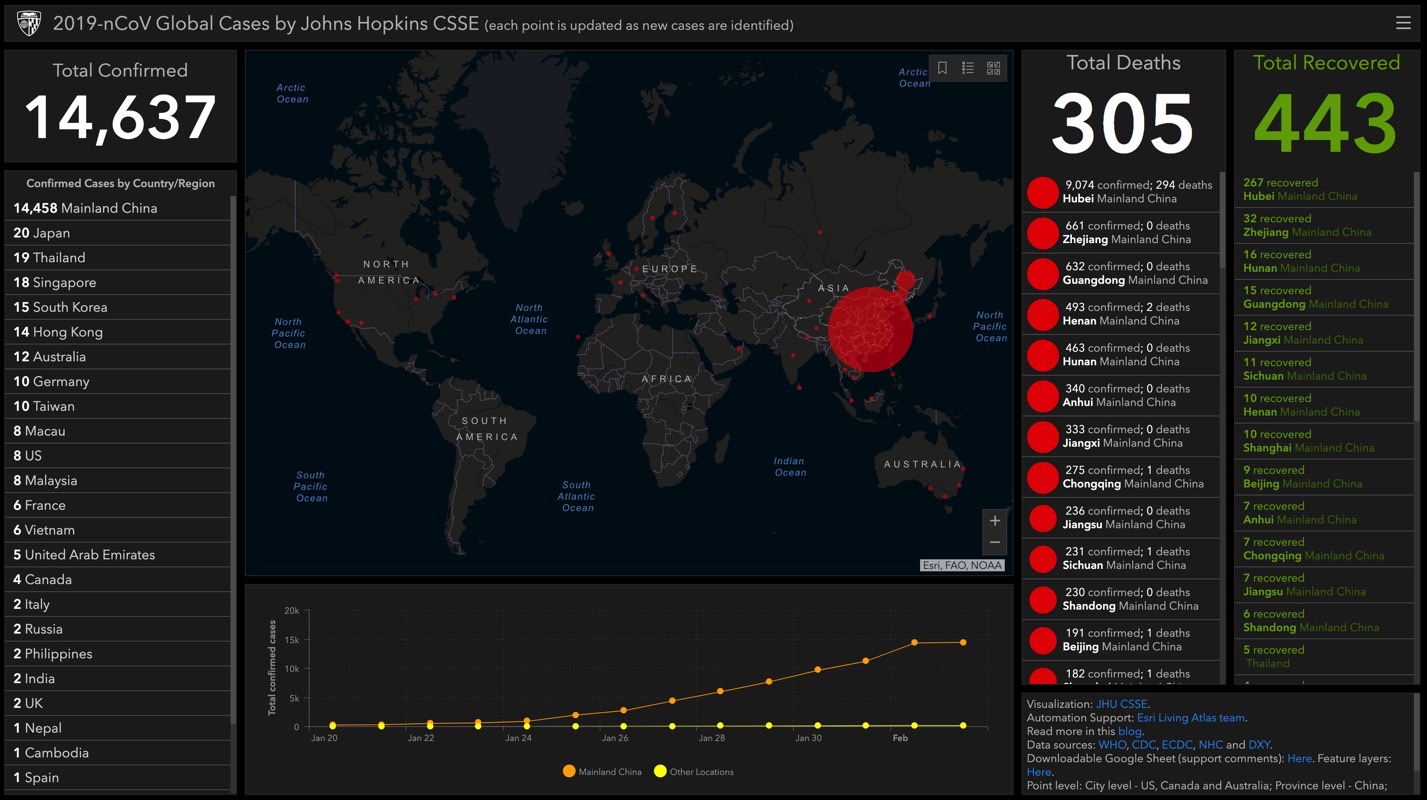The coronavirus outbreak seems unstoppable, as authorities haven’t yet been able to effectively contain the spread of the virus. More than 17,000 infections have been confirmed, and 362 people have died so far. Until the weekend, all of those deaths occurred in China, which is where the Wuhan coronavirus originated. But that’s no longer the case, as 2019-nCoV has now claimed its first victim outside of China. A vaccine is months away, but as researchers are now racing to release one because the first promising treatment has been discovered.
The World Health Organization (WHO) met for a second time since the discovery of the new virus. It declared it a global health emergency a few days ago, urging countries to act accordingly and prepare to deal with the detection, treatment, and confinement of infected people. The virus can pass from human to human during the incubation before symptoms arrive, which makes it that much harder to quarantine. Moreover, the symptoms aren’t unique to the new virus, mimicking signs that can be associated with the common flu. That’s why a proper diagnosis is necessary, and it uses a test specially crafted to identify the virus.

As for the treatment, doctors will prescribe medicine intended to ease the symptoms and kill the virus — as you can see in the screenshots above (stats from February 3rd) and below (stats from February 2nd), hundreds of patients are confirmed to have been cured.
Some doctors may attempt different cocktails of drugs to fight against the virus, as is the case with healthcare professionals in Bangkok, Thailand. Per Reuters doctors from the Rajavithi Hospital in Bangkok used a mixture of HIV drugs (lopinavir and ritonavir) and a flu drug (oseltamivir) in large doses on several patients. A 70-year-old Chinese woman from Wuhan who tested positive for 2019-nCoV for 10 straight days showed no signs of the virus after 48 hours using this treatment. However, this is not a final treatment and more testing is required. Chinese health officials have been treating the virus with either HIV or flu meds, but Thai doctors used all of them simultaneously.
A different doctor used similar practices on two patients, with one showing signs of improvement, and the other developing an allergic reaction. Out of Thailand’s 19 confirmed cases, eight have recovered, and 11 remain under treatment.

Over in the Philippines where only two cases were registered so far, a 44-year-old man who traveled from Wuhan died, The New York Times reports. The man arrived in the country on January 21st with a 38-year-old woman who remains under observation. This is the first case of a coronavirus death registered outside of China since the start of the outbreak.
Separately, The Times has an excellent overview of the first days of fighting against the virus, explaining how Chinese authorities attempted to keep the disease quiet in the early days and weeks, a political decision that significantly delayed efforts to curb the spread of infections that we’re now seeing in the region. In spite of China’s best efforts, which included locking down entire regions and constructing specialized hospitals in a matter of weeks, the virus continues to spread at a fast pace — the screenshots above show the number of confirmed cases rose by nearly 3,000 from Sunday, February 2nd to Monday, February 3rd.
In a second report, The Times also notes that countries where China has influence have delivered quieter responses to the virus.








